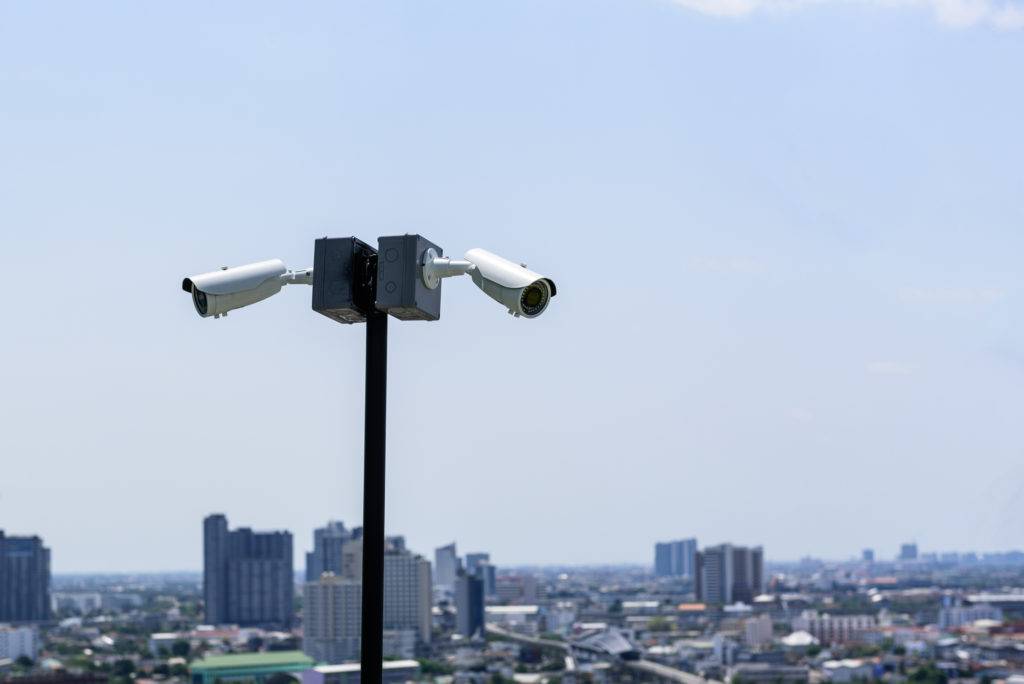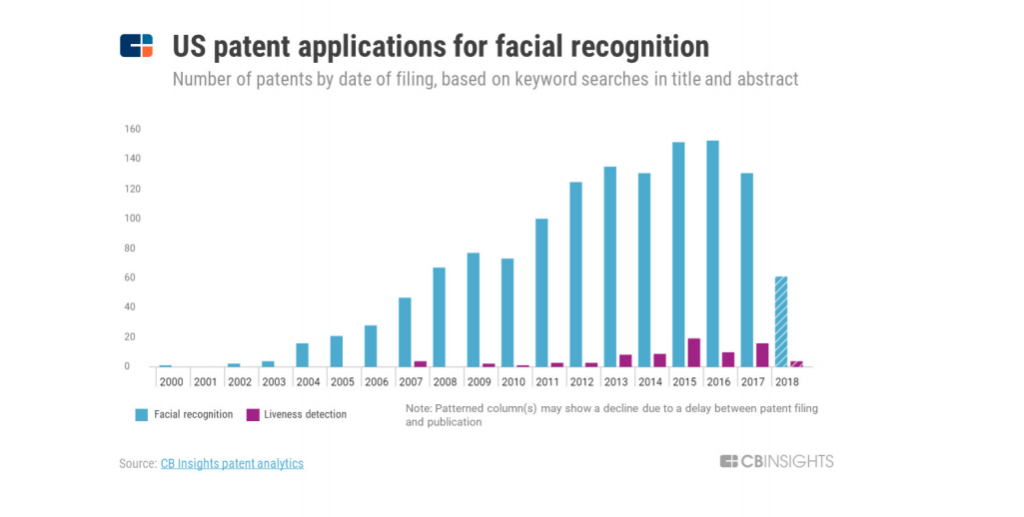From screening patients for clinical trials to assessing the emotional state of drivers, we dive in to how facial recognition technology is shaping the future.
Today, people most associate facial recognition with unlocking an iPhone or a laptop.
The biometric software behind facial recognition applications can identify facial structures, contours, and expressions, making it a no-brainer for security and identification purposes.
But it can also lead to creative applications that serve a different purpose. Listerine, for example, created an app that uses facial recognition to notify people who are blind that they were being smiled at.
While the technology is still developing, many companies (including Amazon) are banking on it as a disruptive force in a myriad of markets. At the same time, the tech is highly controversial — with privacy as a point of concern.
From creating checkout-free retail stores to eliminating concert tickets, here are 16 industries that are starting to transform with facial recognition technology.
1. Law Enforcement
As the government adds a layer of artificial intelligence to its surveillance, startups are playing a key role in providing it with the underlying facial recognition technology. Chinese unicorns like SenseTime, Face++, and CloudWalk, for example, are already working with the Chinese government here.
But even in the United States, interest in the tech is surging, according to the CB Insights patent analysis tool.
Amazon, for example, is selling its tech to law enforcement agencies.
Academic institutions like Carnegie Mellon University are also working on technology to help enhance video surveillance. The university was granted a patent around “hallucinating facial features” — a method to help law enforcement agencies identify masked suspects by reconstructing a full face when only the periocular region of the face is captured. Facial recognition may then be used to compare the “hallucinated face” to images of actual faces to find ones with a strong correlation.
Because this technology is still relatively young, the algorithms haven’t learned enough about the nuances between faces and skin tones, among other things, to provide the total accuracy that law enforcement teams need.
Broadly, facial recognition tech is not free of flaws. Amazon, for example, was in the news for reportedly misidentifying some Congressmen as criminals.
But the tools have the ability to improve. For instance, Amazon was granted a patent that explores additional layers of security, including asking users to perform certain actions like “smile, blink, or tilt his or her head.” These actions can then be combined with “infrared image information, thermal imaging data, or other such information” for more robust authentication.
2. Healthcare
In its most straightforward application, facial recognition has the potential to make it easier for patients to sign in at the doctor or hospital without waiting in line or juggling forms. But there are a number of other ways that the technology can be used to improve services.
Since 2015, Apple has launched two open-source frameworks — ResearchKit and CareKit — to help clinical trials recruit patients and monitor their health remotely. Researchers at Duke University, for example, developed an Autism & Beyond app that uses the iPhone’s front camera and facial recognition algorithms to screen children for autism.
A more futuristic use case is passive monitoring of healthcare biometrics, or extracting changes to facial features over time.
In December 2017, a Google patent was published with an ambitious vision for analyzing cardiovascular function from a person’s skin color or skin displacement.

Amazon applied for a similar patent for passive monitoring in 2014, which was later granted in 2017. It combines recognition of facial features (using neural nets or other algorithmic approaches) with heart rate analysis....MUCH MORE
For example, algorithms can track color changes in two areas of the face, like regions near the eyes and cheek, using that data to calculate heart rate detection. Tracking these changes could better position hospital staff to more effectively monitor and treat patients.
3. Retail...
We looked at the Google patent last year:
If you feel some anxiety about not sending Google enough personal information, the GOOG does have a couple non-Chrome options:
1) 'Optical sensors' embedded in everyday objects could assess cardiovascular function and help users improve heart health" (GOOG)
Well isn't this a dream come true:

I am not putting cameras* behind the mirrors in the bathrooms, sorry.
Maybe behind the ones in the long hall....

